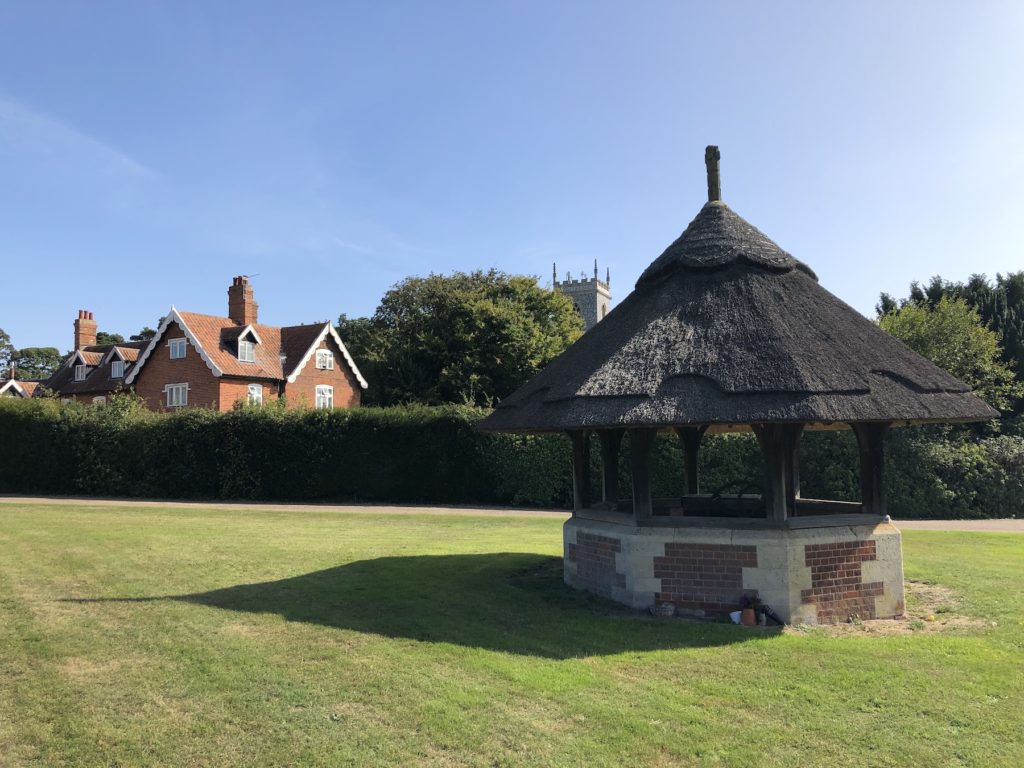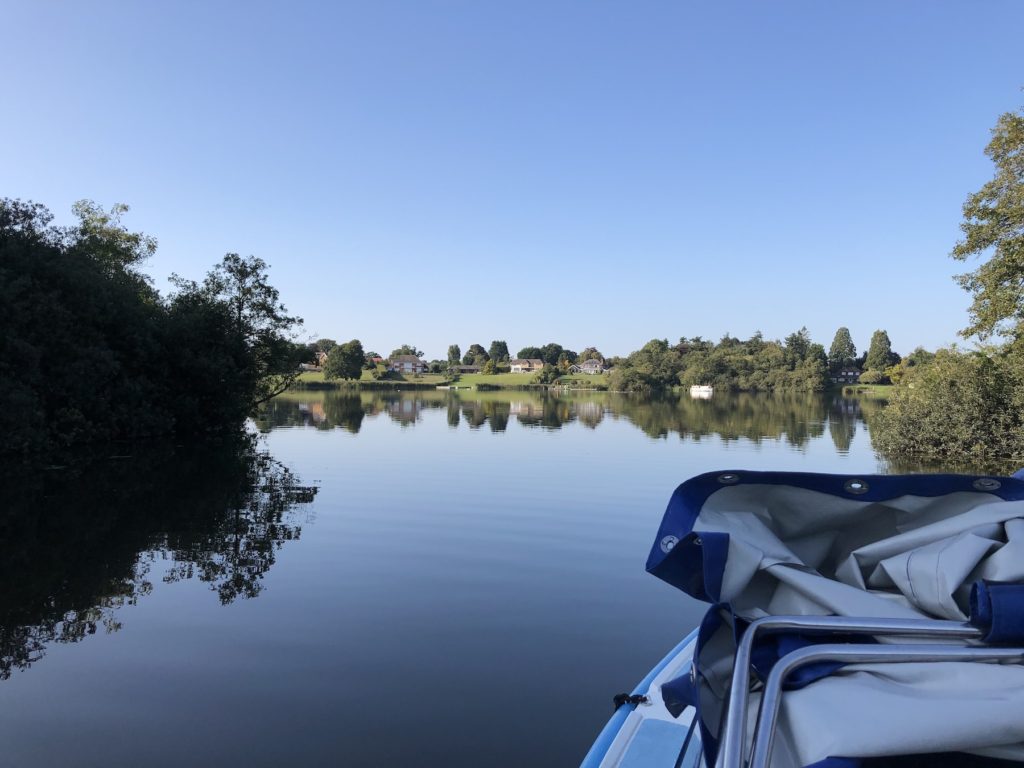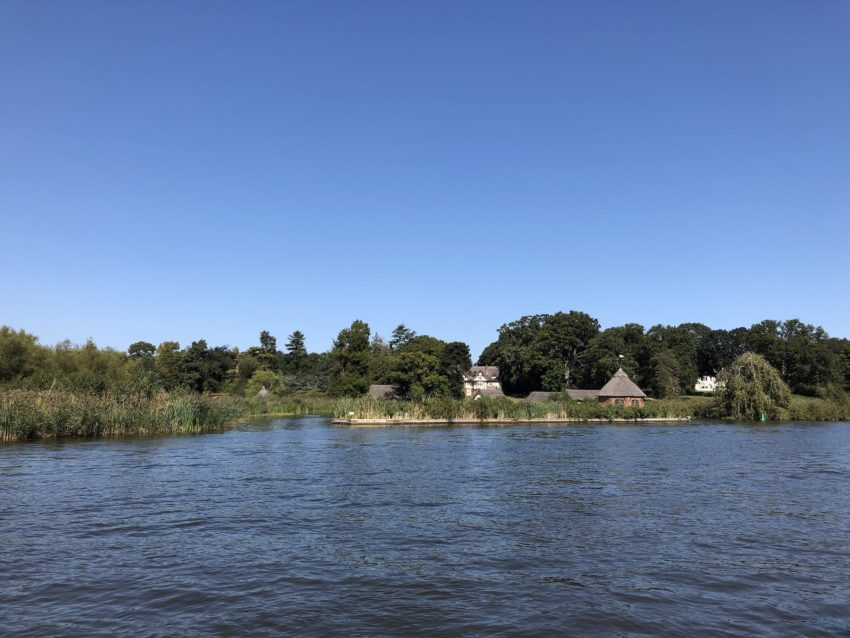In centuries past my ancestors ploughed the fields of Norfolk, worked as publicans and labourers in its towns and villages and worshipped in its many churches.
But it wasn’t until our 2020 staycation – replacing a coronavirus-related cancellation of our Japan holiday – that I finally got round to visiting the places they called home. The villages of Salhouse, Woodbastwick and Rackheath, to the north-east of the county capital Norwich, were well known to my Stolliday and Goulty ancestors. Many stayed their whole lives, some left to find a better life elsewhere, a couple ended up being transported to Australia for their crimes.

We chose to base ourselves in the quaint village of Neatishead, a few miles away down the narrow country lanes that scared the life out of this nervous driver throughout our stay in East Anglia. Opposite the pleasant White Horse Inn are a row of historic cottages, one of which was our home for a few days, and just down the road is one of Norfolk’s trademark, man-made lakes, Barton Broad.
This part of Norfolk is firmly agricultural and my ancestors worked it for several centuries. Farming’s a hard life now but would’ve been far harder in the 18th and 19th centuries, and the rewards were notoriously poor unless you were lucky enough to be one of the landed few. Some of that land was flattened early in the 20th century to make way for a string of airfields, used by the RAF’s fighters and bombers to target Germany and its allies in the Second World War. Most of those airfields have long since been abandoned, some turned into industrial or housing estates, others left for nature to consume. The remains were there for us to see as we toured around.
We explored the village churchyards my ancestors would’ve known but by and large found very little evidence of them. Unlike those who could afford gravestones and other fancy memorials, my lot were poor and their graves were doubtless marked with little more than wooden crosses. These, quite obviously, have not survived. Some gravestones have disappeared over the years too, consumed by the earth, weeds and the roots of the yews that are such a familiar feature of English graveyards.

The church of All Saints in Salhouse is some way out of the main village settlement, so perhaps the centre of gravity has moved over time. And the village itself is a bit of a straggly affair, its centre infuriatingly difficult to grasp but at least with a railway station. The church is quaint, with a thatched roof and 14th century bones but it was closed during our visit, the result of the various restrictions in place to protect us all from Covid-19.

A few miles away is the village of Woodbastwick, which is so quaint it hurts. A village of stunningly pretty cottages, neatly clipped borders and well-tended gardens, the area has been under the sway of the Cator family at Woodbastwick Hall for around 200 years or so. Perhaps my ancestors would’ve work for them in the fields, sowing the seeds and bringing in the harvests. But again, there was nothing in the graveyard of the thatched St Fabian & St Sebastian Church to show they were once local residents. It was all quite frustrating.

All Saints in Rackheath was a much more curious affair, dejected and lost amid the farmland, far removed from the village itself. The truth is that the old village of Rackheath Magna that it served has mostly disappeared beneath the fields. Its sibling, what was once known as Rackheath Parva, has survived a mile or so away, has its own church, but lacks the intimacy and charm of Woodbastwick. All Saints is reached via a dusty lane that was closed to cars when we visited, as a result of it being a haven for doggers and cruisers! The church is tiny and utterly captivating, ancient and mysterious, redundant for decades. The graveyard was quite overgrown, full of nettles and brambles, making it difficult to explore. But, amid the grand but aged memorials to members of the obviously wealthy Stracey and Pettus families, I found one 19th century Stolliday, which was better than nothing. There may well have been more beneath the undergrowth but I wasn’t going to risk life and limb searching for them.

It’s frustrating to be a family historian and to find so little for the investment in time but it’s proof if proof were needed that it’s the wealthy and powerful who usually leaves marks on history.
This part of the world is notable for its expansive lakes and waterways, the Broads. My ancestors would’ve been familiar with them but whether they worked on them is unknown. Today the reed beds that crowd their banks are still harvested for the thatched roofs that are so common in East Anglia but the broads, formed when rising sea levels flooded peat excavations centuries ago, are now more a place people visit for pleasure rather than work.

We spent a few hours pootling around on the water one glorious afternoon and even late in September the broads were nose to tail with boats. Coronavirus had forced many to take holidays at home rather than abroad so high season had dragged on well into the low and it was impossible to hire our own boat in Wroxham, one of the principal broads towns. Fortunately we found the excellent Norfolk Boat Hire in nearby Horning and they had a few remaining, so we ended up chugging up and down the River Bure and into the beautiful Hoveton Little Broad. The banks were lined with some spectacular properties, the landscapes were lush and endless, the sky big and blue.
No wonder, as we drove away from the Broads towards the coast, that we were both well and truly in love with Norfolk.

